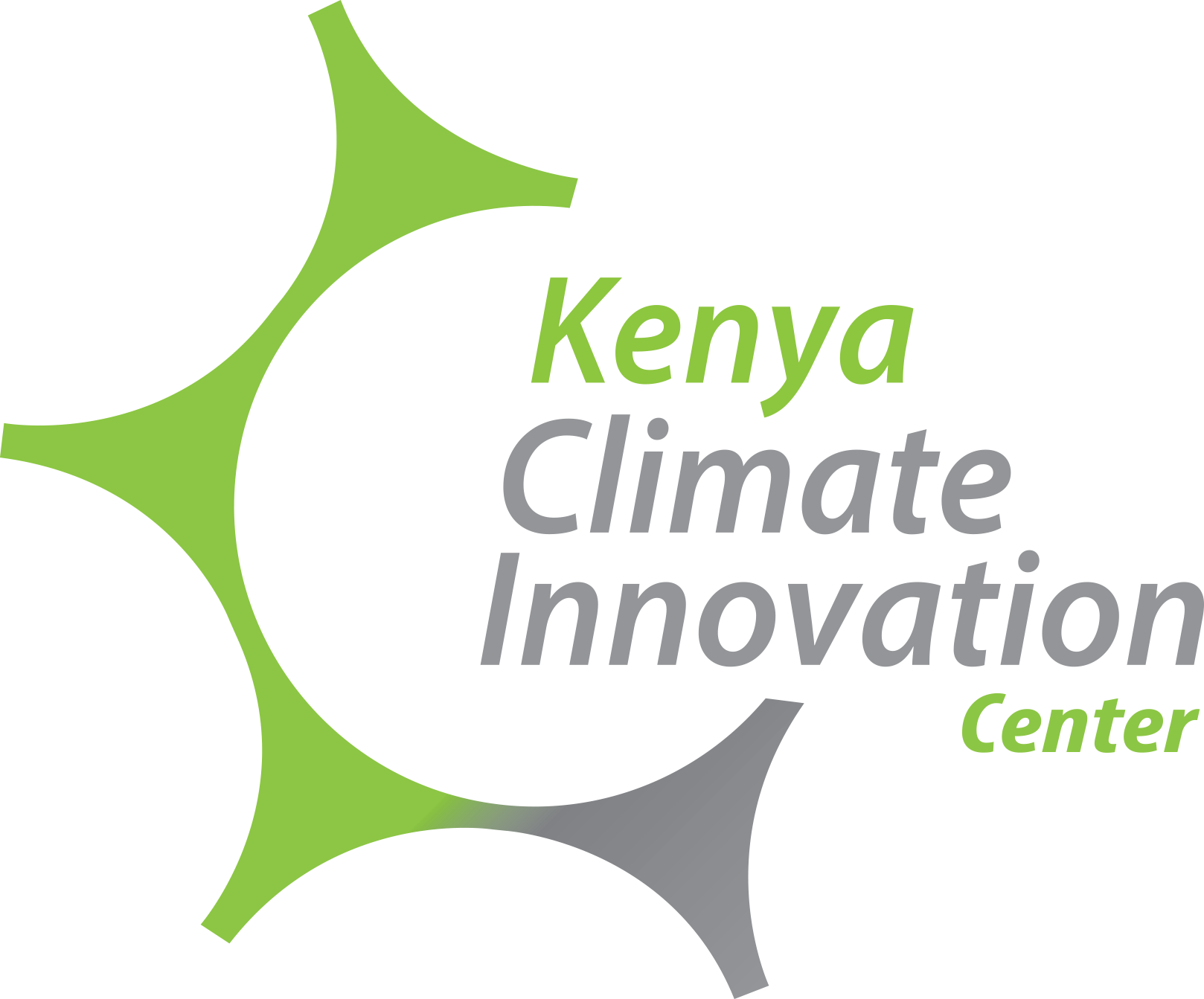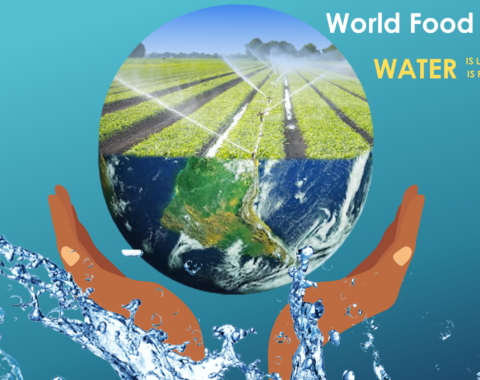Technological trends in waste management
On the precepts of waste hierarchy, most preferred waste management approach is minimization. Alternatively, as an option to where waste can not be prevented, there should be measures put in place for material and energy recovery as well as remanufacturing and recycling. The global waste volume is however increasing thus adding to a host of complexities in waste management.
The intricacies include mounting environmental regulations spanning from total bans on some consumer products such as plastic carrier bags into tightening waste export environment. Secondly are recycling challenges and technological changes. Nonetheless, waste recycling offers lucrative tradeoff between waste and substantial resource savings with the dividends of job creation.
To enhance recycling, there are concerted multiagency efforts to develop and implement integrated solid waste management systems. Though to catch up with ever sprawling GDP that translates into churning out more waste, waste management stakeholders need be aware of upcoming technological advances that can bring in the much-needed efficiency. Waste management, mostly in developing economies is overly labor intensive with a myriad of logistics, less returns to small scale operators and is largely under the control of the informal sector.
Related article: Sustainable Waste Management Equals Better Quality of Life
Surging worldwide energy consumption is diminishing the global fossil fuel reserves at unprecedent rates. Scientists are looking for alternatives with renewable sources of energy that are touted to be clean and sustainable. Amazingly, a good chunk of global waste is organic waste. The latter can be converted into energy through anaerobic digestion (oxygen depleted decomposition) where it is broken down by tiny living organisms to produce gas and fertilizer as by the products. Notably, the technology needs cost reductions for economic suitability. For now, it is a waste question with a fuel answer.
Similar to anaerobic waste recovery approach are enzyme/bacteria-based solutions. In America, LanzaTech has reported being able to convert carbon laden waste into biofuels through gas fermentation. Novozymes in Dutch has commercialized Eversa, an enzyme-based solution that transforms low grade cooking oils into biodiesel. Also, the Japanese Unicharm is turning adult diapers into electricity through a microbial fuel cell process. The four approaches are a clear diversion from conventional thermal based technologies into biological approaches.
Arguably, the most awaited breakthrough in waste management is automation of the waste collection and sorting processes. Currently, there are minor advances in loading waste collecting trucks though skips. Much however is in the horizon in frequency of pick up times, transfer stations and transportation. Lastly, is the app trend. Mobile applications have been developed to alert consumers to buy food in restaurants that are almost to their expiry. Also, there are applications designed to manage skips.
Read also: Alternatives in Water Management Key to Sustainability
Innovative technologies are essential in reducing the needless pickups, cutting costs, making recycling easier and helping waste handlers to keep up with stringent contamination requirements. Waste players have a whole technological playground to shake up a lackluster waste industry.
By Arnold Muthanga












